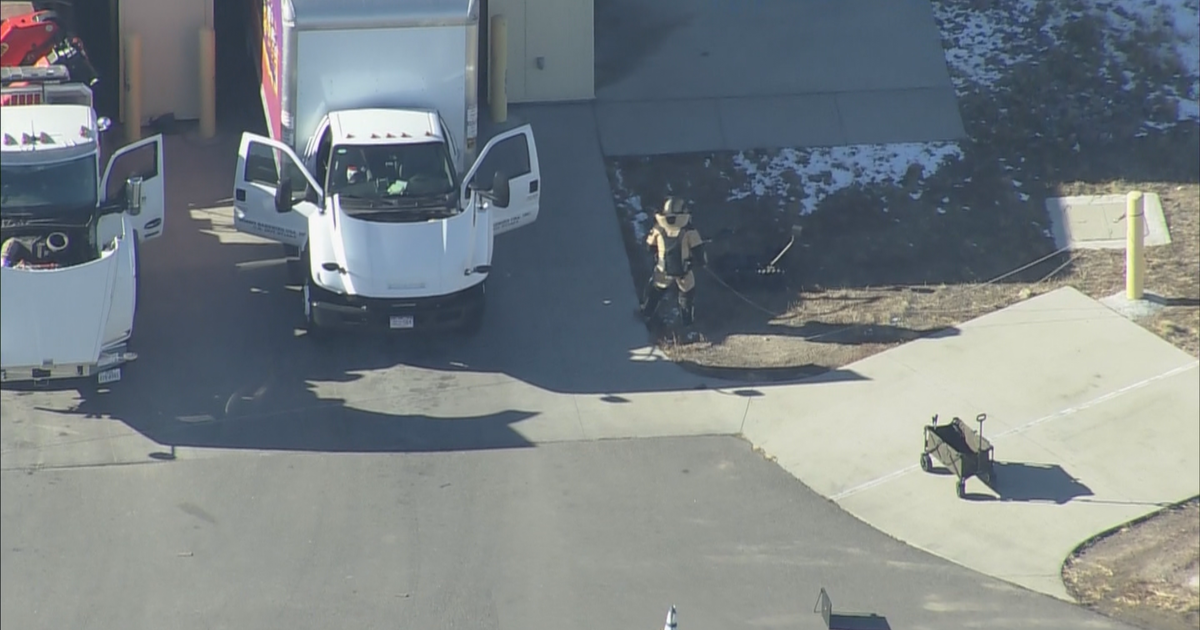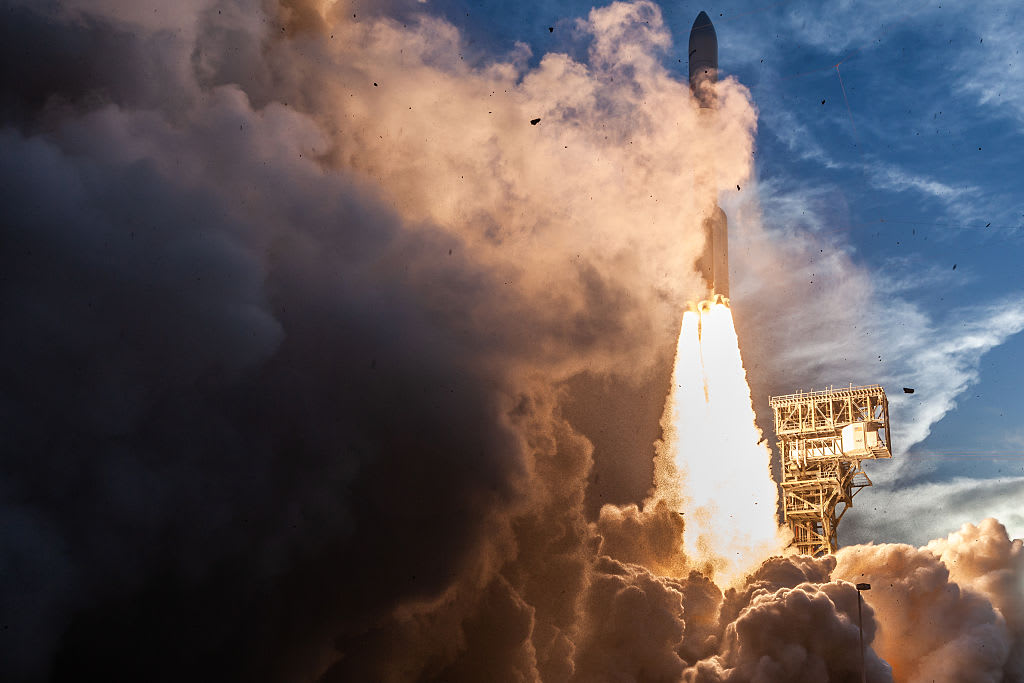NASA's new "NACHOS" instrument could help predict volcanic eruptions
NASA has launched a new prototype instrument that it hopes will help predict volcanic eruptions. Weighing in at just 13 pounds, the instrument will be the smallest space-based device — with the highest resolution — dedicated to observing gases like sulfur dioxide and nitrogen dioxide that can be harbingers of volcanic activity, NASA announced Tuesday.
The instrument is still just a prototype, but NASA plans to deploy the diminutive device, which launched aboard a recent resupply mission the the International Space Station, in May 2022. Named the "Nanosat Atmospheric Chemistry Hyperspectral Observation System," or NACHOS, it will be able to detect gases in areas as small as .15 square miles, which is roughly the size of the Mall of America, NASA said.
"A dormant volcano just waking up may emit [sulfur dioxide] before there is any detectable seismic activity. That gives us a chance to identify a potentially erupting volcano before it actually blows," Steve Love, a researcher with the Space and Remote Sensing Group at the Department of Energy's Los Alamos National Laboratory, said in a NASA press release.
NASA researchers hope that NACHOS will do more than just predict volcanic eruptions. It plans to use the device to monitor the air quality around cities and neighborhoods and even individual power plants, the agency said.
"When we recognize that these gases are present and can localize their sources on a sub-kilometer scale, we have the opportunity to take action and minimize negative health outcomes," said Love.
NACHOS' size makes it much cheaper and smaller than the satellites currently used to observe trace gases.
"There are excellent instruments in orbit gathering data on atmospheric trace gases," Love said, "But they are expensive to produce and maintain."
NACHOS is only about the size of a football — making it a pint-sized powerhouse.
"More power and less weight set NACHOS apart and make it an excellent candidate for future atmospheric trace gas missions," said Love.
NACHOS will stay on board Northrop Grumman's Cygnus spacecraft, which launched on February 19, until May, when the spacecraft will head back to Earth from the ISS. NACHOS will be placed in Earth's lower orbit before the craft reenters the atmosphere.
NACHOS is expected to remain in orbit for around a year, when it will be replaced with another instrument.






